Disclaimer: The links included in this page are affiliate links: if you buy from these links you’ll get the same price but you’ll also help support Car Body Design
“3D Cars: Inside and Out” builds on the success of the previous “Master Car Creation” Course released in 2018, improving the original techniques and extending the topics to the modeling of a full, detailed interior.
You can check the “3D Cars: Inside and Out” course now – at a special early access price- on Gumroad or on Blender Market.
Check and Buy the Course on Gumroad
Check and Buy the Course on Blender Market
Here is our exclusive presentation and review.
About SubD Modeling
The most used method of modeling cars using meshes is creating a polygonal cage that is later smoothed using a variant of the Subdivision Surface algorithm, first introduced in 1978 by Edwin Catmull and Jim Clark.
This method is still universally used for creating 3D models – particularly those used for visualization, animation, and games.
More recently, technical advances have enabled to adopt this technique also in the industrial design process for manufacturing – including the automotive world – where SubD modeling is typically used in the first stages of design research to quickly create 3D mock-ups and prototypes for evaluation.
Today most 3D CAD packages are able to integrate traditional Nurbs CAD surfaces with geometries created using SubD, so learning this technique has become a very relevant skill for any industrial / product / transportation designer.
Compared to NURBS modeling, SubD modeling allows to achieve complex shapes and transitional surfaces more easily: shapes are “sculpted” in a very organic and intuitive way by pushing and pulling points, following some guidelines in order to keep the layout of the edges (topology) suitable for a clean, smooth application of the Subdivision algorithm.
The main drawback of subDiv modeling is the number of “pinching” problems that affect the quality of surfaces and their reflections, especially in correspondance of complex transitional areas, cutlines, trims, holes, etc. (you can read more in the Modeling Cars in Polygons article).
The Guide Mesh method
Over the past years, the author of this course has developed a technique to solve these problems in a sistematic and reliable way, by using guide meshes that allow to separate the modeling of the base surfaces from the modeling of the details, in combination with some modifiers available in Blender.
Compared to the Master Car Creation course released 5 years ago, the method has been improved, by making it even more straightforward and by extending its procedural approach, so that the projection on the guide meshes and the creation of solid panels with thickness and smooth borders are achieved through non-destructive steps.
The Project
Like in the previous course, the improved technique is demonstrated by Chris by tackling a full car modeling project: in this case it is an original concept car – named Julietta H6 – created by designer Lee Rosario, you can check his work on Behance.
The modeling is based on reference images and blueprints, and includes both the exterior, complete with all details – and the full interior.
Right now the Course includes the full exterior modeling section, but it will be soon updated with the remaining parts. Those who buy the course now will benefit from an early access price, and will receive these updates as soon as theiy are available at no additional costs.
Course Review
The course, which is already available on Blender Market, is well organized in sections and chapters, with a very welcome introduction that gives a detailed explanation of the modeling technique, making it perfect to use as a reference throughout the course.
The narration by Chris is very clear, and explains not just the individual steps, but the reasoning behind each modeling decision.
The course teaches the modeling of an existing vehicle, and does not specifically cover the creation of an original design, but the techniques that are explained can be easily translated to the modeling of an original vehicle or product, with or without the use of reference images and blueprints.
Should I buy it?
If you are using Blender to create cars or other industrial / product design 3D models, this course will teach you all the SubD modeling techniques you need, without having to search through a multitude of different sources.
Some of the concepts might be applicable to other packages as well, but the technique is conceived to make use of Blender’s specific modeling tools and modifiers.
If you already have the original course, this updated course offers a few significant improvements, and will also teach you how to model a full car interior.
If you are a Blender user, following the course will also teach you a wide variety of general skills, from setting up the application in an optimized way, to using Matcaps for better visualizing the models, to many other tricks and specific ways of doing things efficiently by making the most of the program’s tools.
If you are not a Blender user, checking the course might be still interesting as it would allow you to quickly check out Blender’s capabilities for high quality, design-oriented 3D modeling.
If you are a designer but haven’t got into 3D yet, then we’d suggest to check our article: 10 reasons why every designer should learn 3D.
Final Toughts
As with the predecessor, we could not recommend this course high enough: especially at its current early access price, given the quantity and quality of the training material, we think it is a must-buy for all those designers who are into 3d modeling and are using – or interested in using – Blender.
At the moment you can benefit from a special introductory price which will include future updates of the course (in particular the upcoming section on interior modeling and final texturing , shading rendering and compositing).
The price will increase as the course is completed, but by purchasing it now you’ll be able to get all the updates at no extra cost.
Check and Buy the Course on Gumroad
Check and Buy the Course on Blender Market
You can follow the related updates on twitter.com/cgmasterscom.
About Blender
Blender is a free, open source 3D application that allows to model, rig, animate, sculpt and render.
First launched in 1994, it was released as an open source application in 2002, and has become extremely popular and competitive especially after the launch of version 2.8 in 2019. Today, thanks to a steady, fast-paced development enabled by funding from the community of users and from many sponsoring companies, represents a valid alternative to all the other state-of-the art, industry standard commercial packages such as Cinema 4D, Maya, 3DS Max and Houdini and is being used more and more inside Automotive Design Studios worldwide.
Blender’s GPL license allows users to use the program for commercial purposes without any restriction, so it is certainly worth considering as a design/visualization tool for either students, professional designers and design studios.
(Image Courtesy: CG Masters for Car Body Design)

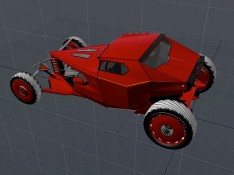
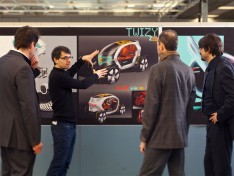
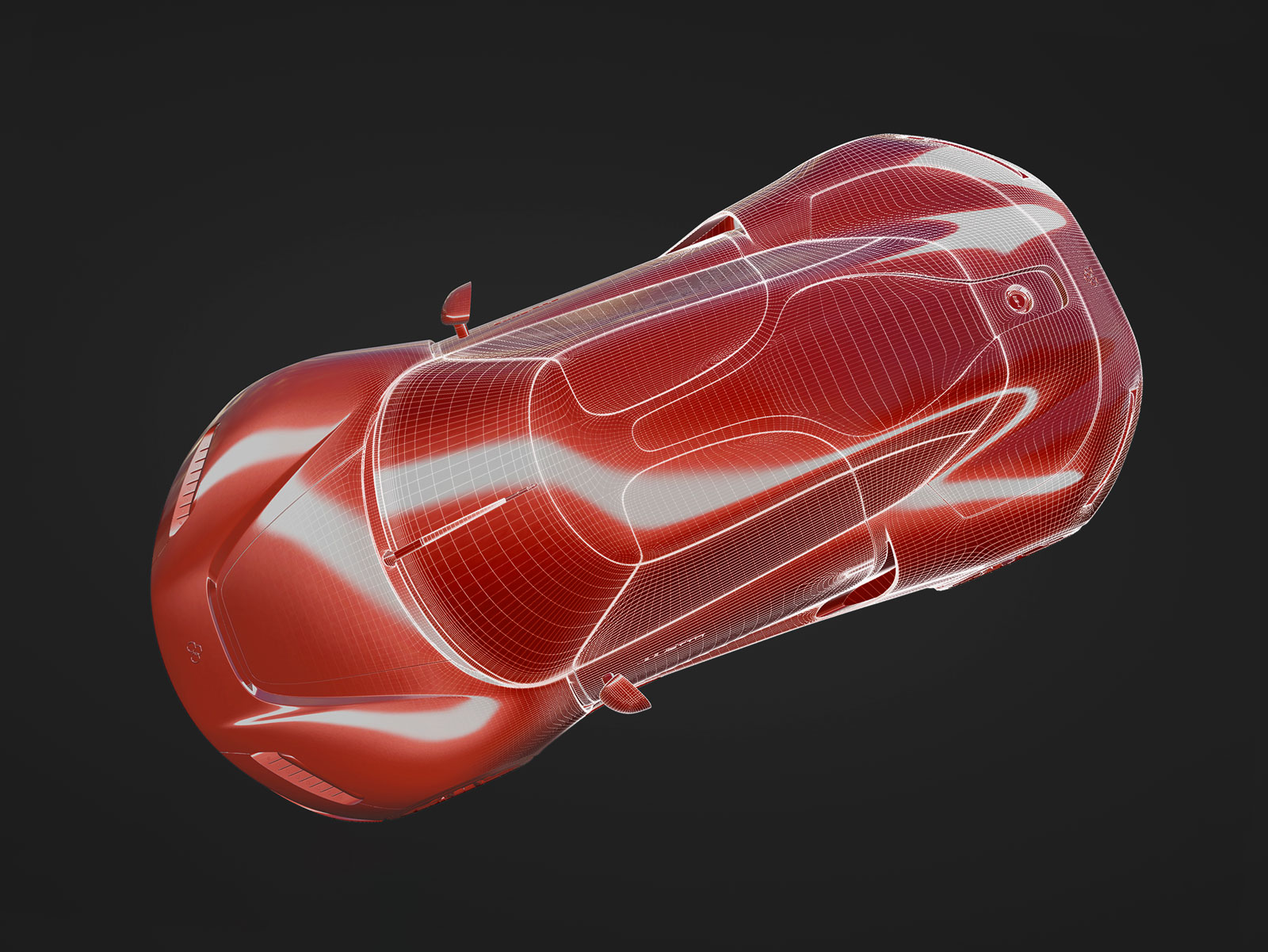
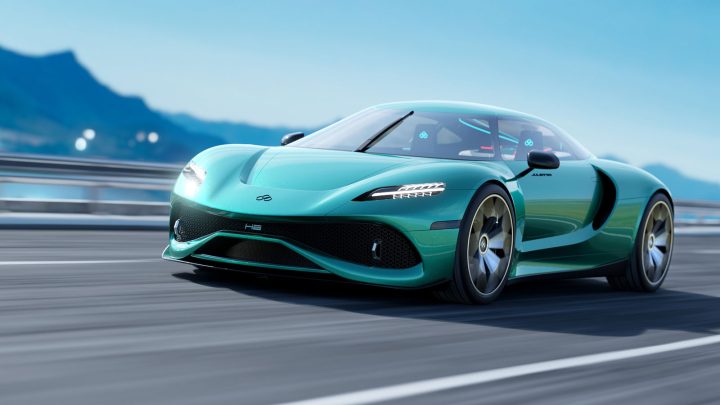
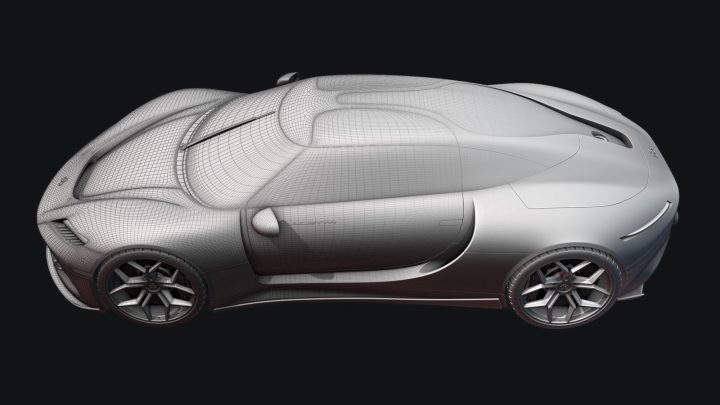

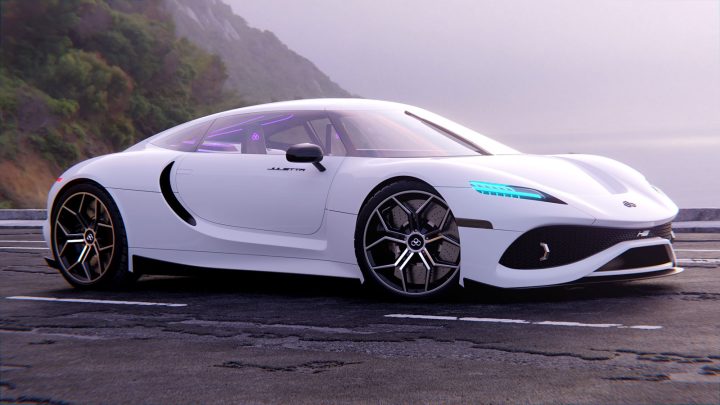
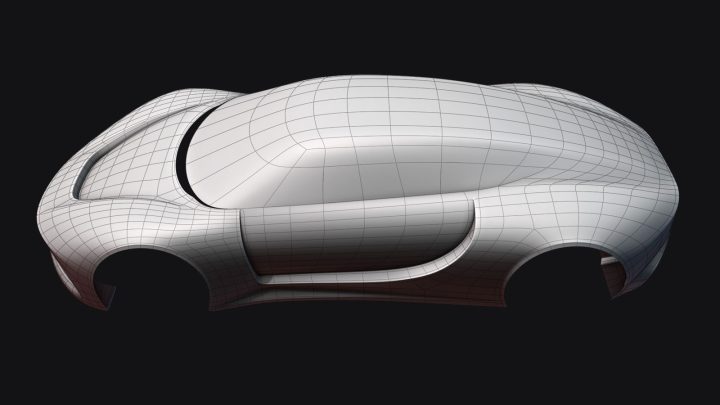
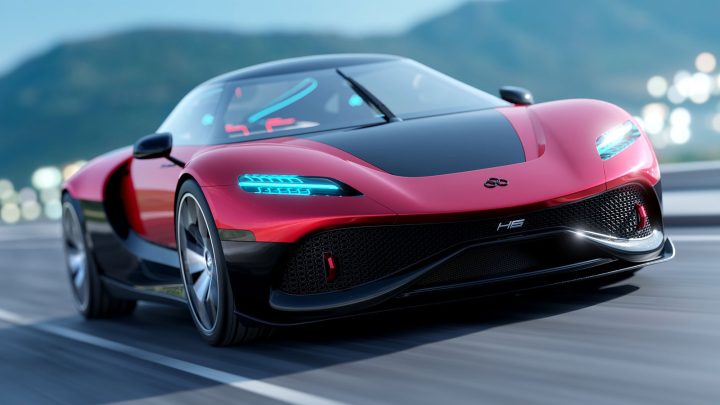
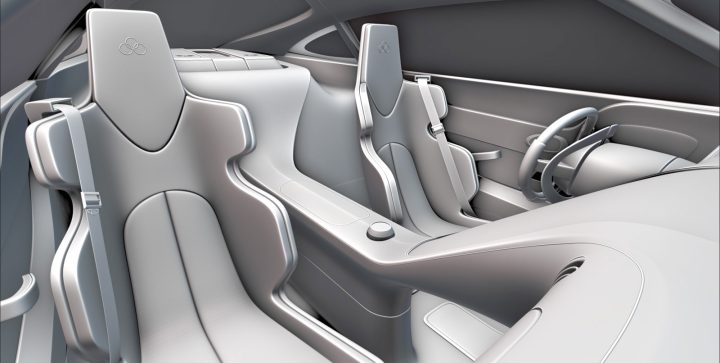
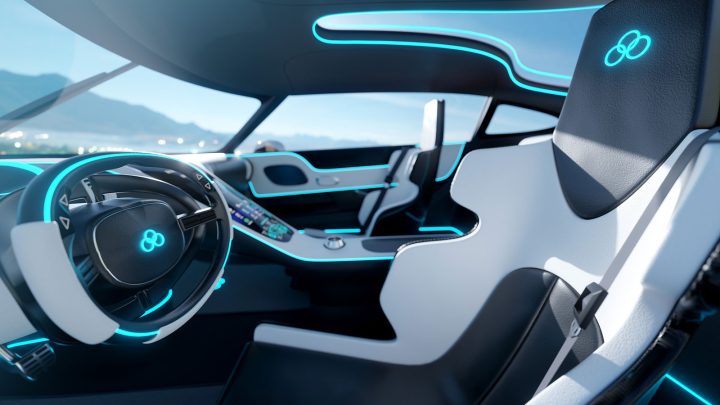
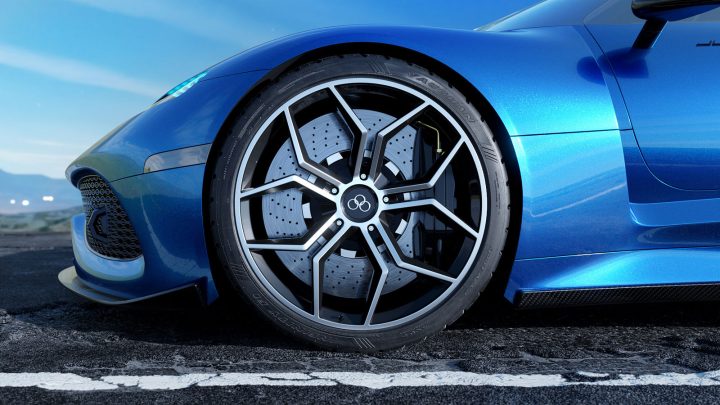
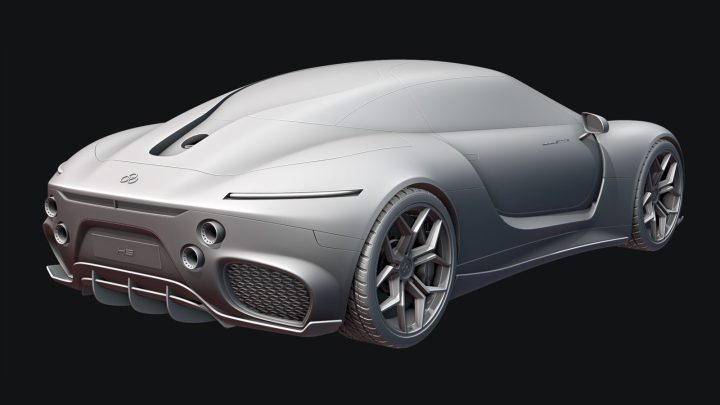









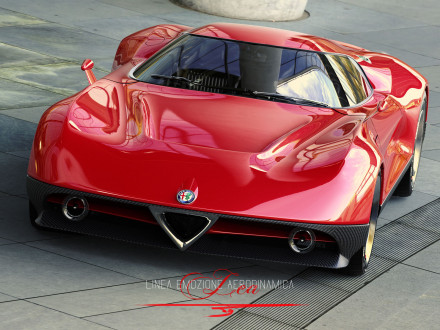
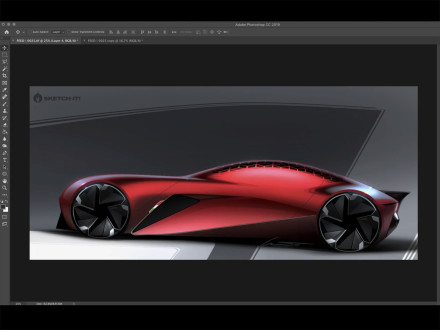
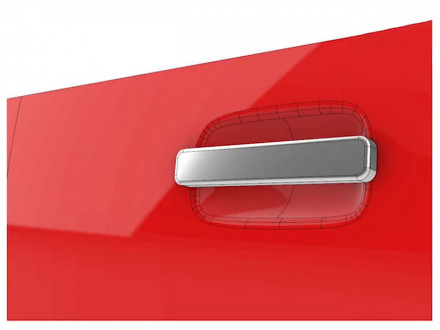



Comments